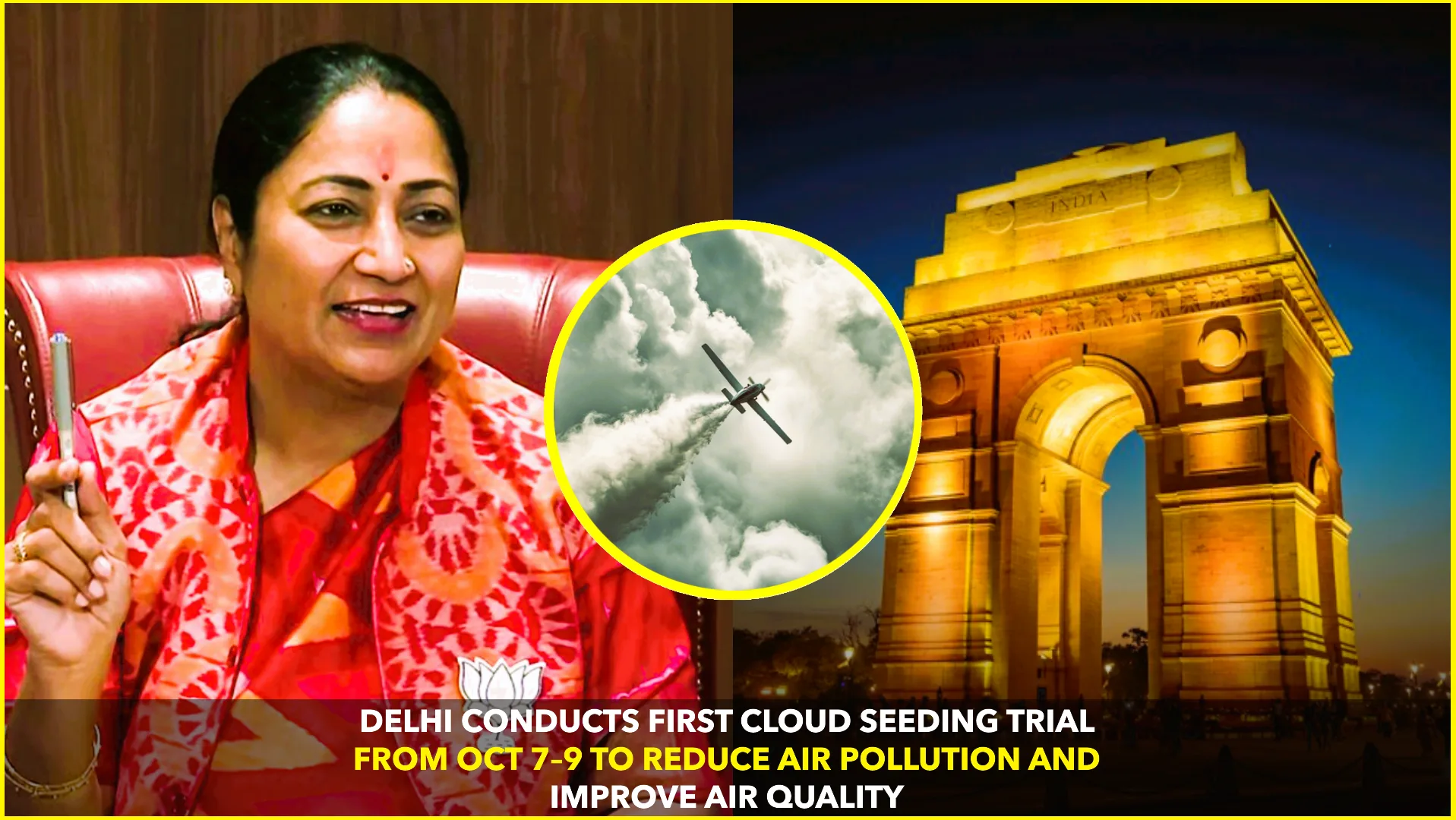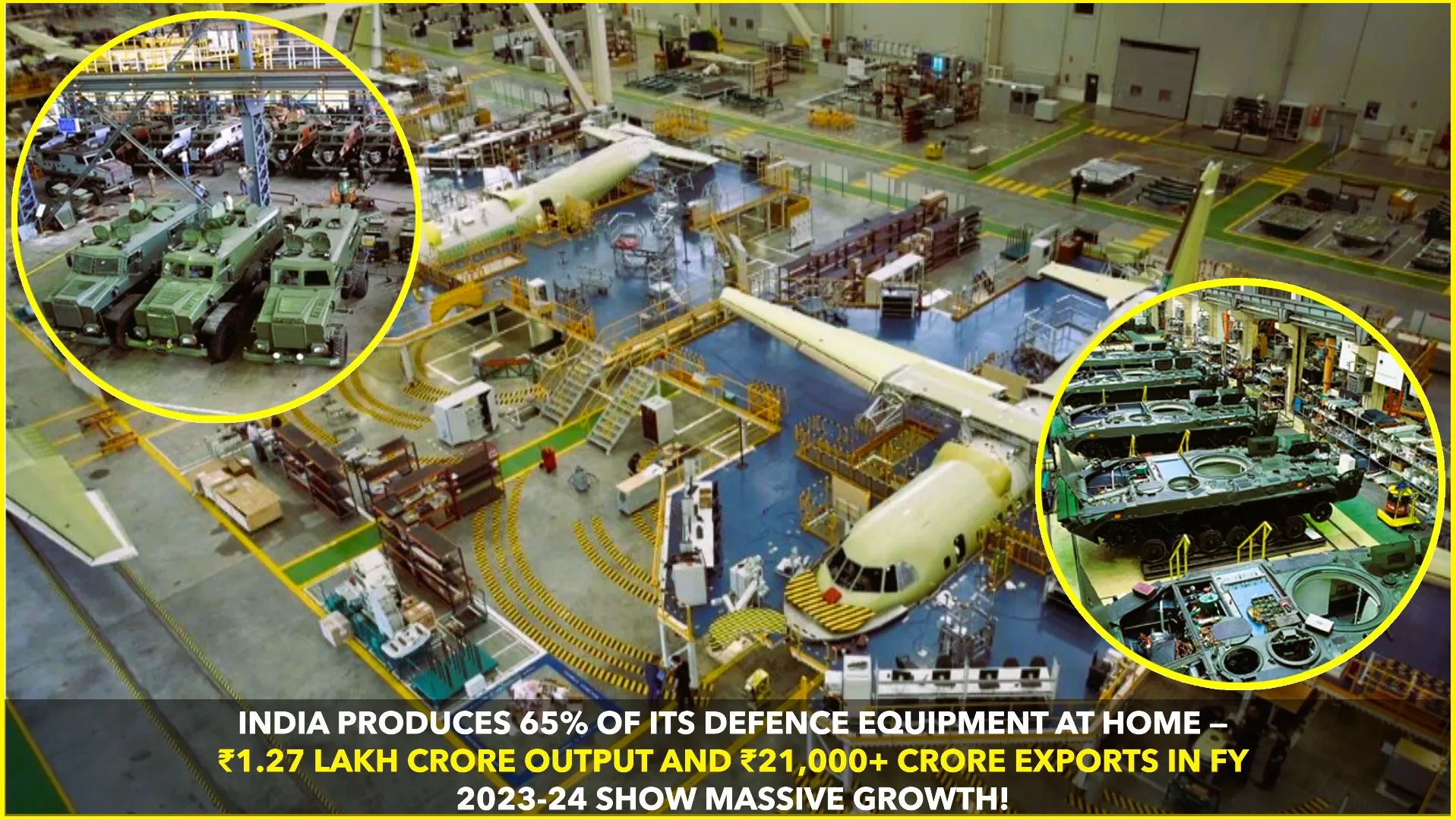In a chilling reminder of the risks that come with industrial automation, a 22-year-old contractor was tragically killed in 2015 at a Volkswagen production plant in Baunatal, Germany. The incident occurred when the man, part of a team installing a stationary robot, was suddenly grabbed and crushed against a metal plate by the machine.
The robot involved was designed to perform assembly tasks within a safety cage, away from human workers. According to Volkswagen spokesperson Heiko Hillwig, the accident happened inside the safety cage, suggesting that the victim may have been working in an area typically restricted during robot operation.
“It appears to be a human error rather than a problem with the robot,” Hillwig told The Financial Times.
The incident was not the result of a programming flaw or technical malfunction. The robot did exactly what it was coded to do — operate and assist in the manufacturing process. But during installation, a critical failure in safety procedures led to the fatal accident.
WHO’S TO BLAME WHEN AUTOMATION HARMS?
German prosecutors launched an investigation to determine whether human negligence contributed to the accident. The robot, a typical industrial model designed to perform routine tasks such as grabbing and assembling parts, had no autonomous AI or decision-making abilities. It followed strict code-based commands.
This event raised serious ethical and legal questions:
- Who is accountable when automation leads to injury or death?
- Are companies doing enough to ensure human-robot interaction is fail-safe?
- As robots become more AI-driven, can they truly sense and avoid humans — or just obey code?
In the wake of the tragedy, experts urged industries to revisit their safety protocols, especially during maintenance and installation phases when safety cages might be open or temporarily disabled.
BEYOND THE MACHINE: THE HUMAN FACTOR IN AUTOMATION
The Volkswagen case underscores a larger issue — automation systems, even when functioning correctly, can be dangerous without rigorous oversight. As AI and robotics become more embedded in manufacturing, logistics, and even healthcare, ensuring human safety must remain the top priority.
Researchers and ethicists warn that increasing reliance on automated systems without corresponding investment in safety design and human oversight can lead to more such tragedies.
According to a report from the International Federation of Robotics, industrial robot installations have grown steadily since 2015, with over 3.5 million robots now operating globally. Yet, safety incidents — though rare — remain a grave concern when they occur.
The VW incident is not isolated. There have been other reports of automation-related injuries and deaths in factories worldwide. These incidents highlight a systemic gap in how automation is managed, particularly during transitional or installation phases.
A CALL FOR SAFER HUMAN-MACHINE COLLABORATION
As technology evolves, so must our approach to safety. Designing smarter, AI-enhanced robots capable of detecting human presence is crucial. But perhaps more important is the establishment of strict protocols, safety redundancies, and real-time monitoring systems that prioritize human life over production efficiency.
The 2015 tragedy at the VW plant wasn’t science fiction — it was real. And it reminds us of a stark truth: robots don’t kill people, but poor management of automation can.
Sources:










